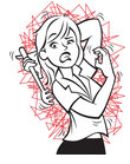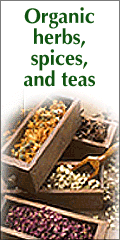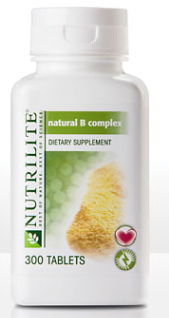|
Niacin-Vitamin B-3 | Benefits, Overdose, and Deficiency Symptoms
Niacin is critical for proper growth and just like the other B-vitamins, it helps other parts of our bodies do their jobs. For example, one helper duty of niacin is to enable oxygen to flow into body tissues. That is not niacin's primary duty, but it does help that process along. Niacin also participates in the metabolism of sugars and fats and gives you a healthy appetite. One of the primary ways niacin is used is to lower cholesterol. Vitamin B-3 is a natural drug to lower cholesterol levels. It is more cost-effective and safe in lowering bad cholesterol and increasing good cholesterol than most medications. Typically, you will not find enough niacin in a multivitamin for such treatment. Higher doses of niacin will be needed. If you have or are at risk for high cholesterol and do not want to take cholesterol medication, you should talk to your practitioner about niacin. Niacin Flush-A Simple ExplanationNiacin is a natural way to reduce cholesterol. Many cholesterol medications include doses of niacin. However, taking doses of niacin has been known to result in the famous but unpleasant "niacin flush" Niacin causes your small blood vessels (capillaries) to get bigger. The increase in size of your small blood vessels cause the redness of skin that many people experience. This is the first part of the "flush" process." The second part is the annoying part of the process and what has made the niacin flush such a famous topic. It's the sometimes painful itch that comes along. The increased blood flow to your cells allow for more toxins to be removed from them. This makes your body healthier (so the niacin flush is actually a healthy process). As toxins are carried away, your cells are better able to "talk" to your body and ask for help. Your body responds by sending in what is called histamine--the body's chemical signal to start an immune or infection fighting process. The histamines cause you to itch, but they allow your body to heal itself by sending in more water, blood and nutrients to the area that asked for it. Niacin-Vitamin B-3 Food SourcesThe best sources of niacin are peanuts, organ meats like liver, poultry, and fish. Vitamin B-3 can also be found in legumes, whole grains, dried fruits, and avocado. Niacin-Vitamim B3 Overdose and Deficiency SymptomsLike most water-soluble vitamins, an overdose of niacin is very rare but not impossible. The biggest side effect of taking niacin is the niacin flush explained above. If niacin is taken properly through a slow released process like pill supplements, then side effects are minimal to none. However, if niacin is taken in large doses at one time like through an injection then side effects include possible liver damage and an increased risk of gout can occur. Large doses of niacin can also raise the blood sugars and increase the risk of diabetes.
A deficiency in niacin is very rare in developed countries like the United States and Canada. Deficiencies are usually found in developing and under developed countries where the people have poor diets and poor medical treatments. The biggest risk of deficiency is vitamin B-3 deficiency disease called pellagra. Symptoms of PallegraDiarrhea Inflamed skin (skin lesions, rash, redness) Mental confusion (eventually dementia) Weakness Insomnia Sensitivity to light Aggression Untreated pallagra can lead to death
Return to B-complex Vitamins Intro
|





 Niacin or vitamin B-3 is one name for the pair of nutrients, nicotinic acid and nicotinamide (just a little F.Y.I).
Niacin or vitamin B-3 is one name for the pair of nutrients, nicotinic acid and nicotinamide (just a little F.Y.I).



